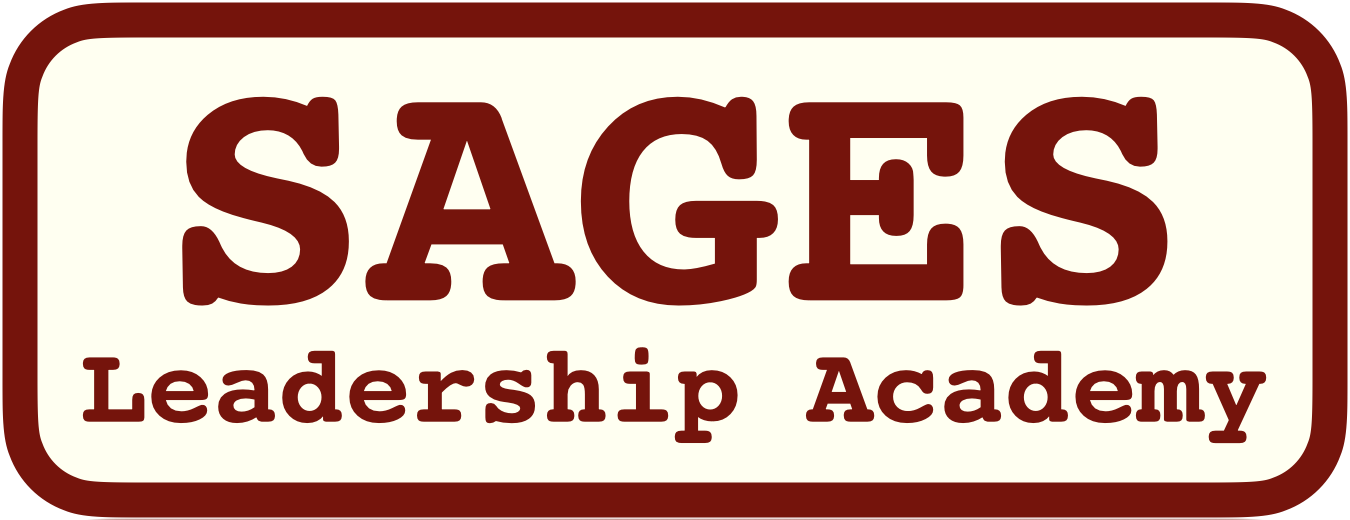Cognitive Dissonance

Ranjan is a chain smoker and has been since he left college. In 2020 when the pandemic hit, he noticed his anxiety of catching respiratory diseases had increased. He lives in Delhi, which also happens to have a horrible Air Quality Index or AQI, at most times in a year. Come September, he developed a mild cough. So he, immediately got himself tested. Thankfully it was not Covid. That’s when he decided, to get an air purifier. Since then he espouses the merits of buying air purifiers to anyone who would listen. When asked about his smoking, he dismisses the topic, by assuring his friends that he is fine.
I am sure we know many people like Ranjan, and often are Ranjan in many scenarios. Ranjan is displaying cognitive dissonance. He is appropriately cautious about respiratory diseases, he is also factually correct about low AQI affecting his health. However, his inability to connect his habit of smoking with his health, demonstrates how he is trying to avoid dealing with these conflicting beliefs.
Cognitive dissonance is an unpleasant psychological state resulting from inconsistency between two or more elements in a cognitive system. This most commonly occurs when our attitudes and beliefs do not align with our behavior – we believe one thing, but act in contradiction to those beliefs. This makes us uncomfortable.
In fact, depending on how strongly we believe, or are emotionally attached to the pre-existing belief, it may even give us feelings of anxiety, guilt, and low self-esteem. So, we deal with it, by denying, debunking, or avoiding the new information.
Situations
Some everyday situations where we see cognitive dissonance
Choosing to promote healthy eating to others, when we ourselves eat a lot of junk food.
Telling others to limit their screen time, or limit their social media usage. On the other hand we ourselves browse social media for unlimited number of hours.
Someone who considers themselves very environmentally conscious, may have a water purifier that discards a lot of water everyday or may in their daily lives be generating a lot of plastic waste without realizing the amount.
Someone who considers themselves honest and upright may cut corners in their work. Or may at some point have used their connections or paid a bribe to quicken work for themselves. They may not even see their actions as dishonest.
In all these situations we can see the opposing beliefs or opposing actions and beliefs that could cause dissonance. The state of dissonance as we have mentioned before is very uncomfortable for us. It can cause us to feel ashamed, angry, guilty, etc… Since we like feeling comfortable we can do a few things to reduce our dissonance.
Mitigation
There is no way of avoiding cognitive dissonance completely. But we can mitigate our response to it.
As we saw the dissonance can sometimes be resolved by ignoring new information, or even by rationalizing and justifying some behavior away. These are some methods which we resort to to help lessen anxiety, and shame we feel associated with opposing beliefs. These methods also save on effort as it does not require much work to avoid information. However they are not long term solutions, and might eventually require even more effort as we keep avoiding new information in favor of the old. So some other ways we can mitigate our dissonance are given below.
Self-awareness is a theme throughout this course. Knowing yourself includes knowing your failings. You can do this by noticing when and what makes you defensive. If it is something that is triggering a strong reaction, I would suggest asking yourself what about the situation or in this case new information, is causing these strong emotions. Does the new information have merit, are we dismissing it because we genuinely do not see its merits? or because we are feeling threatened in letting go of the old beliefs?
We can also train ourselves to think about change in a positive way and see changing, new viewpoints, information, ideas as something which may be fun to acknowledge and think about. Then when confronted with newer beliefs we will try and understand them instead of hiding them away.
Reconciling the differences: This involves changing our behaviors to make them consistent with our existing belief systems. Thus reconciling the difference between our differing beliefs or between our actions and our beliefs. For instance a person who believes they are generous may end up donating their entire wealth to charity and living a simple life. Or in the earlier example of Ranjan, he could decide to quit smoking.
We have taken a look at how “Cognitive Dissonance” affects out thoughts and decision-making processes. But, there are many more phenomena that can overwhelm our rational thought processes. So read on to cognitive biases covered here, to make more intentional and informed choices.
References
Festinger L. Theory of Cognitive Dissonance, https://books.google.co.in/books?hl=en&lr=&id=voeQ-8CASacC&oi=fnd&pg=PA1&ots=9y92Ksu9yA&sig=UMyrWT2c6MjUd5R1cmhb2AGdDI4&redir_esc=y#v=onepage&q&f=false
Leonard Jayne, “Cognitive Dissonance what to know”, https://www.medicalnewstoday.com/articles/326738
Mcleod Saul, “Cognitive Dissonance Theory”, https://www.simplypsychology.org/cognitive-dissonance.html
Cherry Kenda, “What is Cognitive Dissonance” https://www.verywellmind.com/what-is-cognitive-dissonance-2795012

